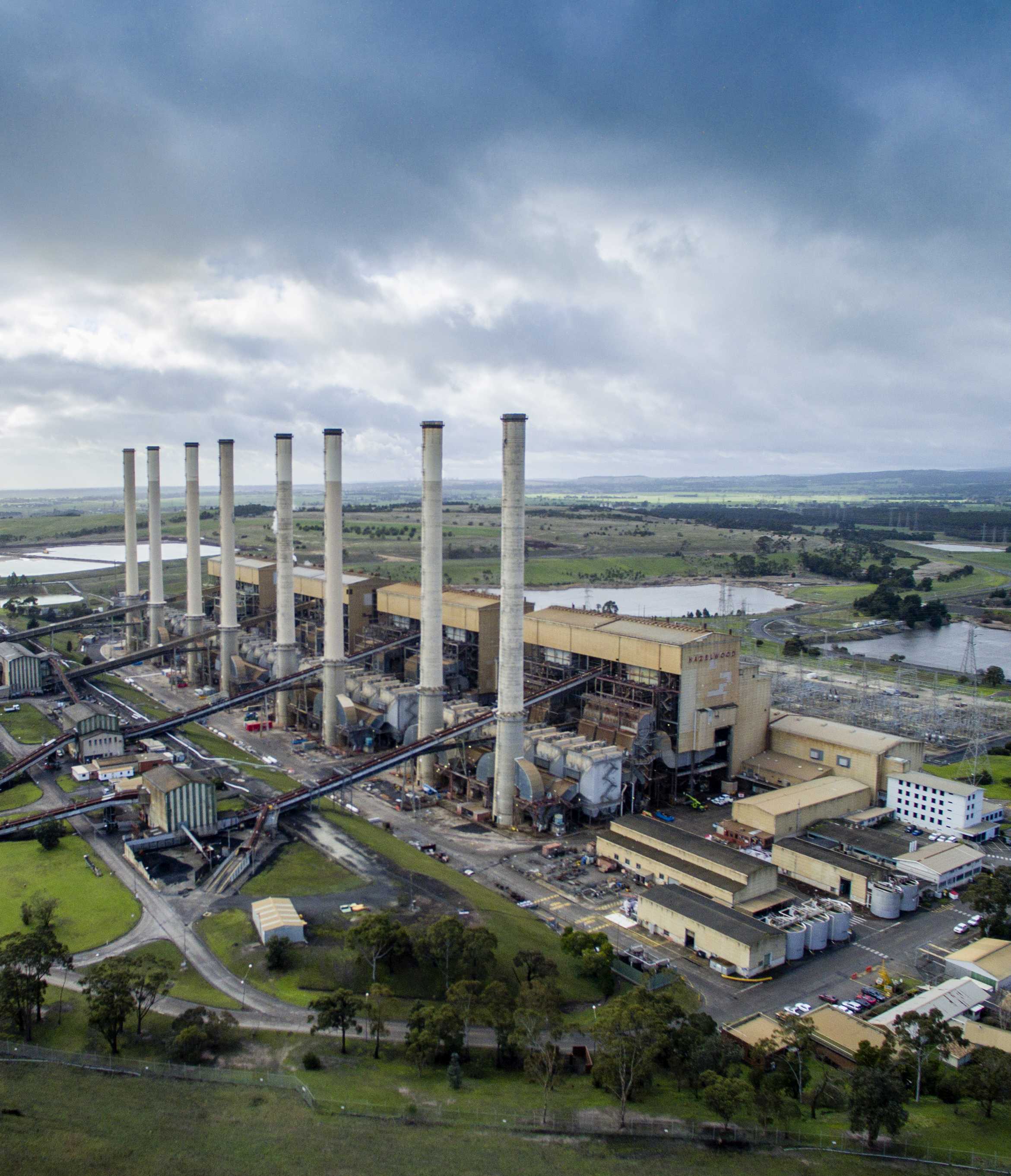This groundbreaking case was one of the first climate litigation cases in Australia.
The case arose out of a proposal being assessed in 2004 to develop an additional coal field, known as the West Field, to enable the Hazelwood Power Station to continue to operate after 2009 until the year 2031.
At that time Hazelwood Power Station in Victoria’s Latrobe Valley was one of the largest and most polluting coal-fired power stations in Australia.
Mining in West Field after 2009 required a diversion of a river and the deviation of a highway. These changes, and other aspects of the project, required the grant of various licences, permits and approvals. One of the approvals which was required was an amendment of the Latrobe Planning Scheme under the Planning and Environment Act 1987 (Vic).
A planning panel was appointed to consider submissions to the proposed amendment to a planning scheme but the Minister of Planning directed the panel not to consider matters related to greenhouse gas emissions from the Hazelwood Power Station (as, according to the Minister, these issues were being addressed through a separate process).
The Australian Conservation Foundation (ACF) and other environmental groups challenged the panel’s decision for failing to consider the environmental effects of the emission of greenhouse gases resulting from the burning of the coal at the power station.
The then President of the Victoria Civil and Administrative Tribunal (VCAT), Stuart Morris, upheld the challenge and found that the planning scheme amendment to allow the expansion of the coal mine was required to consider the indirect impacts of greenhouse gas emissions resulting from the burning of the coal at the power station. He ordered:
- The panel must provide a reasonable opportunity for submittors to the amendment to adduce evidence relating to the issue of greenhouse gas emissions from the Hazelwood Power Station.
- After receiving any evidence concerning the impact of greenhouse gas emissions from the Hazelwood Power Station, the panel must:
- provide a reasonable opportunity to be heard to any party who wishes to make a submission in relation to the environmental impacts of greenhouse gas emissions from the Hazelwood Power Station; and
- consider those impacts in making its recommendations and report to the planning authority.
This was an important, early victory for climate litigation in Australia even though, after considering greenhouse gas emissions, the mine expansion ultimately proceeded.
Postscript
While the mine expansion ultimately proceeded after the decision in this case, the Hazelwood Power Station was closed in 2017 due to the cost of ongoing operation and its eight chimneys were demolished on 25 May 2020.
Barnaby McIlrath, the lawyer who ran the case at VCAT and appeared before the planning panel in 2004, had this to say about the significance of this case on the day Hazelwood’s chimneys were demolished:
It was always going to be a case of persistently chipping away to get climate justice in the case of the Hazelwood Power Station. In the aftermath of the Hazelwood VCAT decision, the Victorian government was required to address the issue of greenhouse gas emissions in aspects of the new lease. This smacked of tokenism at the time. But in light of the closure and demolition of the Hazelwood Power Station, the victory no longer seems hollow. The decision helped Environment Victoria build a sustained campaign for the closure of Hazelwood that started to resonate with the public. The Victorian Labor government suddenly became progressives on climate policy. Several people who had been actively involved in the Hazelwood VCAT decision became part of a team working on the Climate Change Bill 2009, which was enacted in 2010. Not even the ensuing decade of Commonwealth climate policy turmoil managed to halt the momentum of Environment Victoria’s campaign to close Hazelwood.
The Hazelwood decision clearly provided campaigners with a focal point. Whilst judicial review can seem like a hollow exercise at the time, the potential influence of public interest environment litigation should never be underestimated. Decisions that touch on important issues have the capacity to provide a focal point for public debate that can help change the way people feel and vote about environmental issues.
Key documents
- GoogleEarth images showing location of Hazelwood Power Station
- Decision in Australian Conservation Foundation v Minister for Planning [2004] VCAT 2029 (Morris J).
* Thanks to EDO Victoria for supplying the application used in this case study.
Media reports about this case
Engie knocks down Hazelwood Power Station’s eight chimneys, ABC News, 25 May 2020.
Hazelwood power station’s eight chimneys demolished in live stream viewed by thousands, The Guardian, 25 May 2020.




